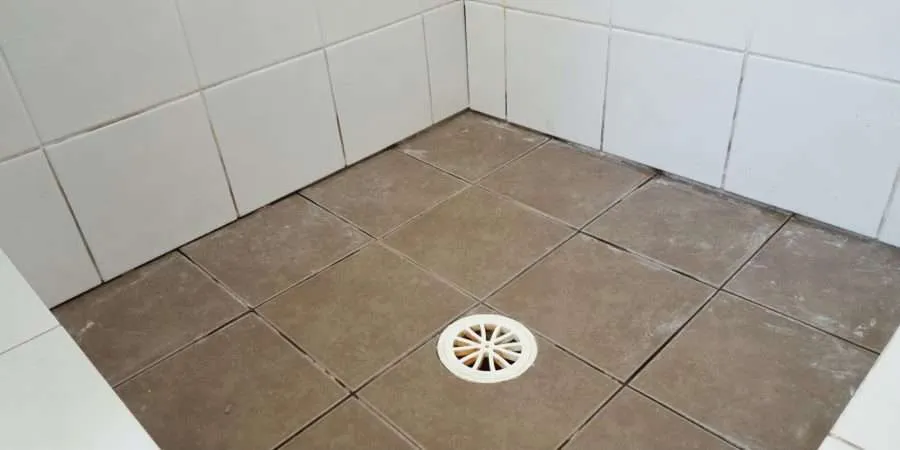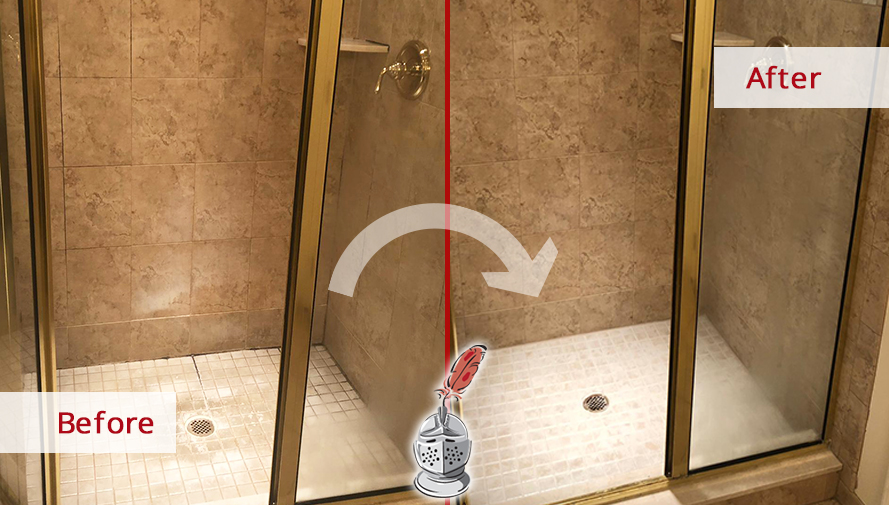They are making a few great observations on How to Prevent Bathroom Water Damage as a whole in this post just below.

The restroom is very susceptible for damp build-up as well as possible water damages as a result of the constant use water in it. This write-up supplies straightforward examination strategies to aid detecting water damage hazards.
The frequent use water in the washroom makes it exceptionally at risk for wet buildup and also possible water damages. By checking it on a regular basis, you can minimize water associated damages.
The complying with set of inspections is easy to execute and also must be done when in every 3 months in order to maintain your washroom healthy and also to stop possible water problems brought on by the tub, the shower, pipeline joints as well as plumbing, sinks, cupboards, as well as the toilet
Do not overlook executing these examinations as well as be extensive while performing them. Keep in mind that these straightforward assessments can save you a lot of cash by supplying early indications for water damages
Sinks and Cabinets
Sinks and also cupboards are subjected to moisture and moisture day-to-day as well as are typically neglected. Inspect consistently under the sink as well as on the counter top above it. Fix any type of drip in the catch as it might suggest drainpipe issues. Look around the sink, slow-moving draining pipes might suggest a blocked drainpipe. Replace sink seals if they are fractured or loosened.
Tub as well as Shower
The shower and bath tub need special focus as well as maintenance. Examine the ceramic tiles and change if broken. Make sure that there is no missing out on grout between the floor tiles. Examine and change broken caulking at joints where the wall surfaces satisfy the floor or the bath tub. Clogged drains pipes as well as pipes issues will certainly prevent the tub from drying out and may show serious issues underneath the bath tub. Speak with a specialist quickly to prevent structural damages. Pay attention to discolorations or soft locations around the bath tub walls as they may suggest an inner leakage.
Plumbing
Signs for water damage are difficult to find since most pipes are set up inside the wall surfaces.
Pay unique attention to flooring as well as wall surfaces dampness and stains as they may suggest an undetectable plumbing trouble. Examine moisture levels in adjacent rooms also.
The Commode
The commode is a susceptible water junction. Examine the water lines and also search for leaks around the bathroom seat, in the tube, and under the water tank. If you detect any indications of dampness on the flooring around the toilet, check for leaks in the toilet edge and also container seals.
Be aware that hanging toilet bowl antiperspirants raises the chances for blockages.
Water Damage Signs In The Bathroom To Avoid Cleanup
Musty smell
This is one of the easiest signs to catch because musty smells are so odorous. The damp, earthy, moldy smell should be a big red flag. The smell will develop when moisture gets trapped in surfaces, and begins to facilitate mold growth. Leaking pipes under cabinets, inside walls, and behind shower fixtures will cause moisture to stay trapped and not dry, which will lead to mold growth and spread. As soon as you notice any musty smells in your bathroom, have it checked for hidden water damage and cleanup signs.
Visible mold
If the smell isn’t there to give it away, sometimes you will actually see mold growth. Finding mold in your bathroom is a serious problem, because mold is very harmful to your health. By the time mold growth is visible, it also means that water damage has already occurred and been present for some time. The only way the mold problem can be resolved is to find the source of the moisture and get it stopped. To safely and adequately remove mold, you need to have professionals handle the remediation. Do not waste any time in getting mold problems addressed, fixed, and sanitized so that you can protect you and your family from the many respiratory symptoms caused by mold exposure.
Damaged floors
Bathroom floors should be able to withstand some exposure to water while still remaining in good condition. However, when excess exposure or water leaks occur, they will begin to damage even the most water-resistant flooring. If you notice any cracking, bubbling, staining, or warping on your bathroom floors, there is probably a water leak somewhere causing the distortion. If you notice areas of the floor have become softer, or even have a spongy feeling, there is probably damage to the subfloor. Subflooring is typically made up of plywood. When plywood is exposed to water or moisture, it will absorb it. Once it has become saturated, the weight of the excess water will cause the wood to swell and soften. Check the floors in your bathroom frequently to catch any of these sings before they lead to damaged subflooring.
Changes on walls
When water leaks behind walls, it will cause changes in the drywall. Peeling plaster, blistering paint, and soggy wallpaper are all good indicators that excess water is building up behind the wall. Water leaking behind drywall will cause it to swell and be soft to the tough. If you start to notice gaps along the trim of your walls, or where tile meets the wall, it could also be a strong indicator that there is a leak behind the wall. Any changes, distortion, or damage on the walls should be evaluated as soon as you notice it to prevent further water damage and cleanup.

I am just very drawn to How to Repair and Prevent Bathroom Water Damage and I hope you enjoyed reading the entire piece. Sharing is good. You never know, you will be doing someone a favor. Bless you for your time. Kindly pay a visit to our site back soon.
Visit Link